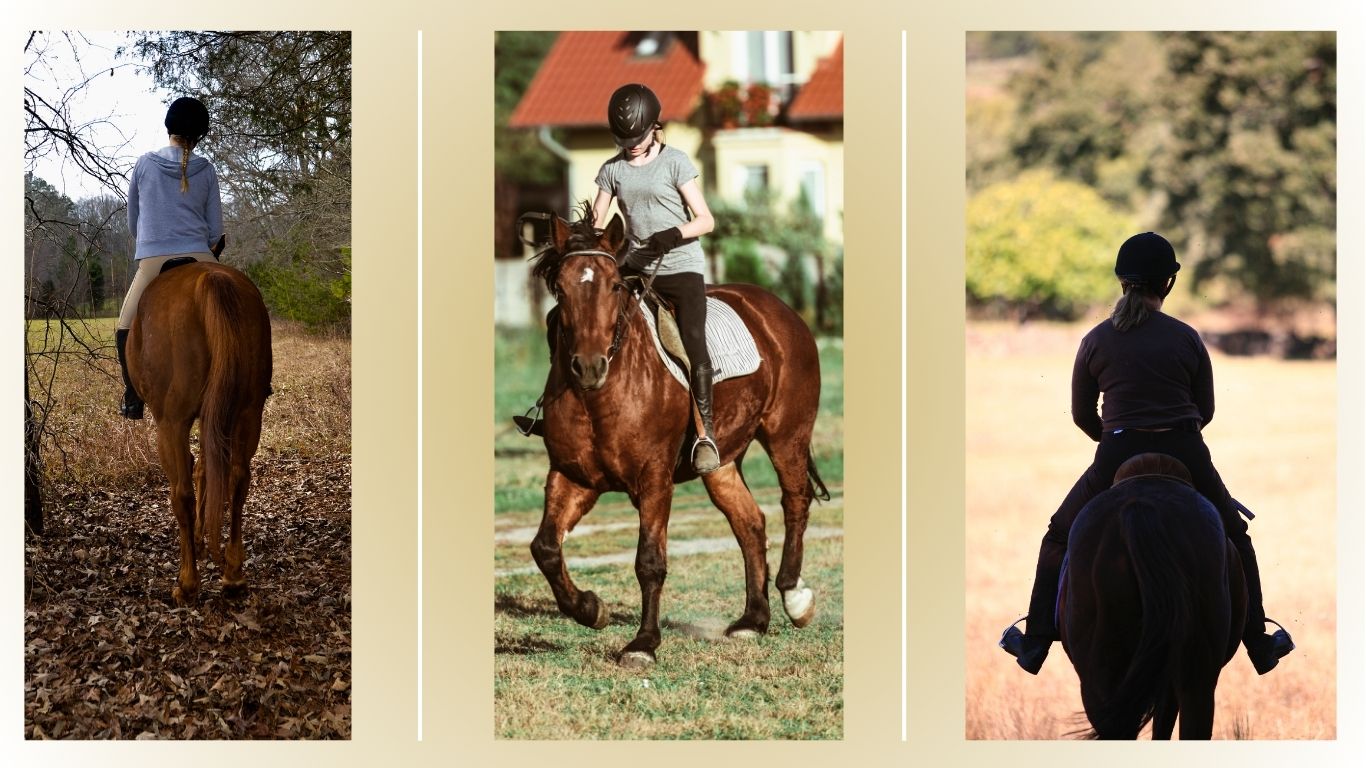
At David Dyer Saddles, we understand the pivotal role a well-balanced saddle plays in supporting the performance of both horse and rider. In this blog, we will be delving into the significant impact of riding with an unbalanced saddle on the rider's experience and overall performance.
Firstly, what do we mean by an unbalanced saddle or a saddle out of balance? If you have ever heard your saddle fitter say that your saddle is out of balance, they mean that the saddle itself is not sitting straight and square on the horse's back. It could be slipping to one side, tipping forward or tipping backwards. This could be due to various factors such as the saddle being too wide or narrow, needing a flocking top-up, or the horse itself affecting the saddle.
With this in mind, let's explore some ways in which a rider can be affected:
Posture and Alignment: Riding with an unbalanced saddle can lead to poor posture and misalignment. The rider may find themselves leaning to one side or constantly readjusting to compensate for the imbalance. They may feel that the saddle is tipping them forward or backwards in their position. Over time, this can cause discomfort, muscle strain, and even long-term issues.
Effect on Riding Confidence: A rider's confidence is closely tied to their sense of stability in the saddle. An unbalanced saddle can create a sense of insecurity. If the rider is being tipped forward by the saddle, they will receive little to no support from the knee and thigh blocks. This can also make a rider feel perched on the seat, creating a feeling of instability.
Impact on Communication with the Horse: Effective communication between rider and horse is based on subtle cues and balance. An imbalanced saddle disrupts this communication, making it challenging for the rider to convey signals accurately. For instance, if the saddle is tipping the rider backward in their seat, they can feel like the horse has a lack of power or is not moving forward.
Development of Bad Habits: Riding regularly with an unbalanced saddle can lead to the development of poor riding habits to manage the feeling of imbalance, such as sitting crooked or pushing your lower legs forward or backward. You will not be able to correct your position while the saddle is forcing the centre of balance, creating a cycle that is challenging to break.
As saddle fitters, we emphasize the importance of investing in a well-fitted and balanced saddle. The changes needed to correct the balance of a saddle can be small or subtle and will be picked up by your saddle fitter at a routine saddle check; however, they make a world of difference to the rider. Our team is here to provide advice and ensure that both you and your horse experience the perfect fit without compromise.